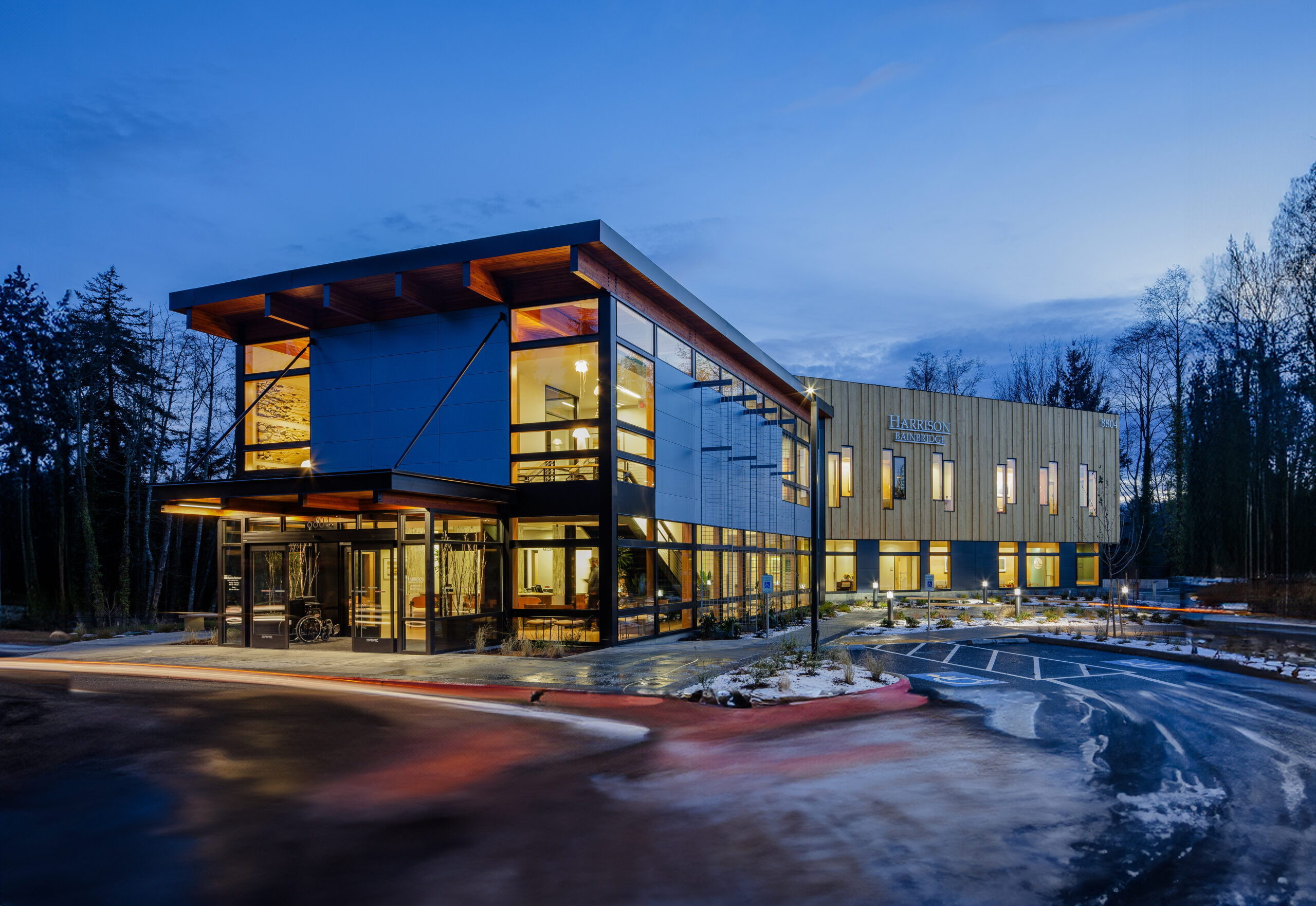Seattle’s skyline is evolving—fast. In 2025, every innovative architect in Seattle is pushing the boundaries of form, function, and sustainability to create more meaningful and responsible spaces. From climate-conscious materials to biophilic interiors and AI-integrated buildings, the architectural pulse of the Emerald City has never been stronger—or smarter.
As a forward-thinking design firm, Coates Design Architects has a front-row seat to the emerging trends redefining the built environment in Seattle and beyond.
Sustainability Is No Longer a Bonus—It’s the Baseline
In 2025, green building is not just a feature; it’s the foundation. The new wave of architects in Seattle are taking sustainability seriously by integrating:
- Passive house standards for ultra-efficient heating and cooling.
- Locally sourced and recycled materials to reduce carbon footprints.
- Green roofs and living walls that naturally purify air and reduce stormwater runoff.
At Coates Design, we’re leading this charge by designing homes and commercial spaces that exceed LEED standards—because climate responsibility is part of our core philosophy.
Adaptive Reuse: Breathing New Life into Old Structures
One of the biggest architectural movements of 2025 is adaptive reuse. Instead of tearing down older buildings, local architects are finding new ways to restore and reinvent them for modern needs.
By preserving architectural history while incorporating advanced engineering and smart systems, Seattle architects are:
- Reducing environmental impact by minimizing demolition waste.
- Preserving the character of historic neighborhoods.
- Enhancing property value with unique, timeless aesthetics.
At Coates Design, our recent work includes converting dated structures into stunning mixed-use spaces, blending the old and the new in seamless harmony.
Biophilic Design: Bringing Nature Inside
Seattle is known for its lush forests, Puget Sound views, and year-round greenery—and architects in the city are reflecting that in their designs. Biophilic design, which connects people more deeply to nature, is dominating both residential and commercial projects.
Key 2025 trends in biophilic design include:
- Indoor gardens and vertical plant walls
- Natural light maximization through smart glazing
- Use of raw wood, stone, and organic textures
Our team at Coates Design often integrates these elements to create calm, health-enhancing spaces that resonate with the Pacific Northwest lifestyle.
Smart Homes Meet Smart Design
Technology is not just about convenience—it’s about enhancing energy efficiency, health, and lifestyle. In 2025, every leading architect Seattle clients work with is incorporating smart systems into their blueprints.
These include:
- AI-controlled lighting and HVAC for optimal comfort
- Voice-activated appliances and smart security
- Real-time energy monitoring systems to reduce waste
We prioritize tech-forward design, creating homes that are not only beautiful but intuitively responsive to how people live and work.
Net-Zero and Carbon-Positive Buildings
Seattle’s commitment to sustainability is driving a bold goal: net-zero and even carbon-positive buildings. Coates Design has embraced this future by utilizing innovative systems such as:
- Solar panels paired with battery storage
- Geothermal energy systems
- Highly insulated building envelopes
This movement is about giving more back to the environment than we take—a responsibility every architect in Seattle is beginning to adopt as standard practice.
Modular and Prefabricated Construction
Speed, precision, and reduced waste—those are the hallmarks of modular architecture. In 2025, Seattle is seeing a rise in:
- Prefabricated housing units
- Stackable, customizable commercial spaces
- Off-site built components for tighter construction schedules
This trend appeals especially to younger homeowners and developers aiming for high efficiency with lower environmental costs.
Climate-Responsive Urban Planning
As climate change impacts the Pacific Northwest, architects and urban designers in Seattle are thinking beyond the building footprint. They’re considering the environment, topography, and long-term impact of every project.
City-wide, this includes:
- Elevated designs to prepare for rising sea levels
- Green corridors and stormwater management features
- Mixed-use zoning to reduce urban sprawl
At Coates Design, we collaborate with urban planners and municipalities to help shape neighborhoods that support livability, resilience, and equity.
Minimalist, Purpose-Driven Design
In 2025, less is more. Clean lines, intentional spaces, and function-forward layouts dominate Seattle’s modern design language. Minimalism isn’t about emptiness—it’s about clarity and purpose.
Our approach often includes:
- Open-concept living areas that maximize flow and flexibility
- Thoughtful use of negative space
- Simplified material palettes that allow craftsmanship to shine
Seattleites are increasingly drawn to homes that feel calm, uncluttered, and connected to their values.
In short, Seattle’s architects are stepping into 2025 with boldness, creativity, and a strong sense of responsibility. At Coates Design, we’re proud to be at the forefront—designing spaces that don’t just reflect trends, but shape the future.
Want to see how these trends come to life in your next project? Explore our portfolio at coatesdesign.com or contact us for a consultation.

